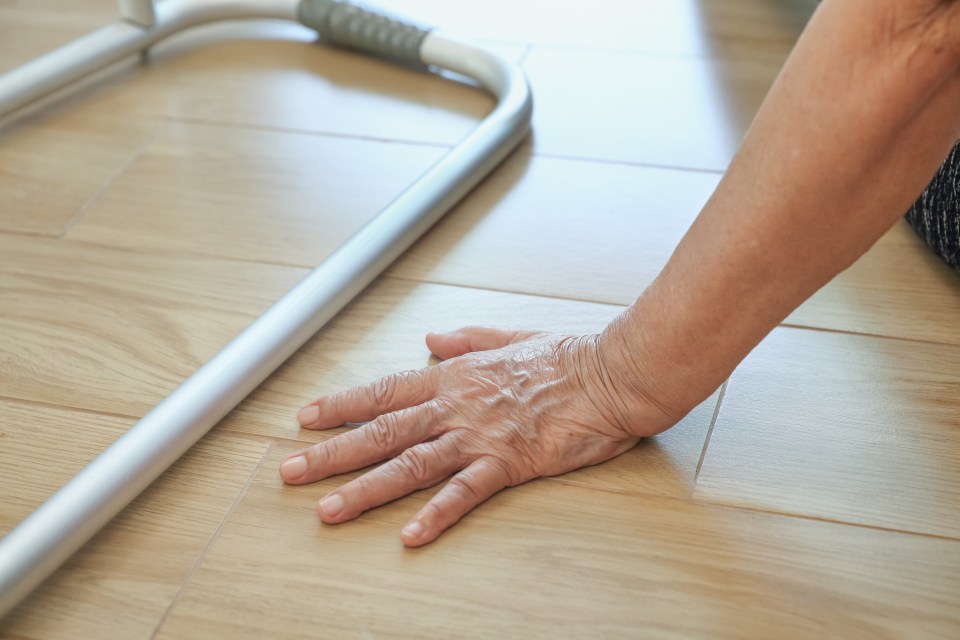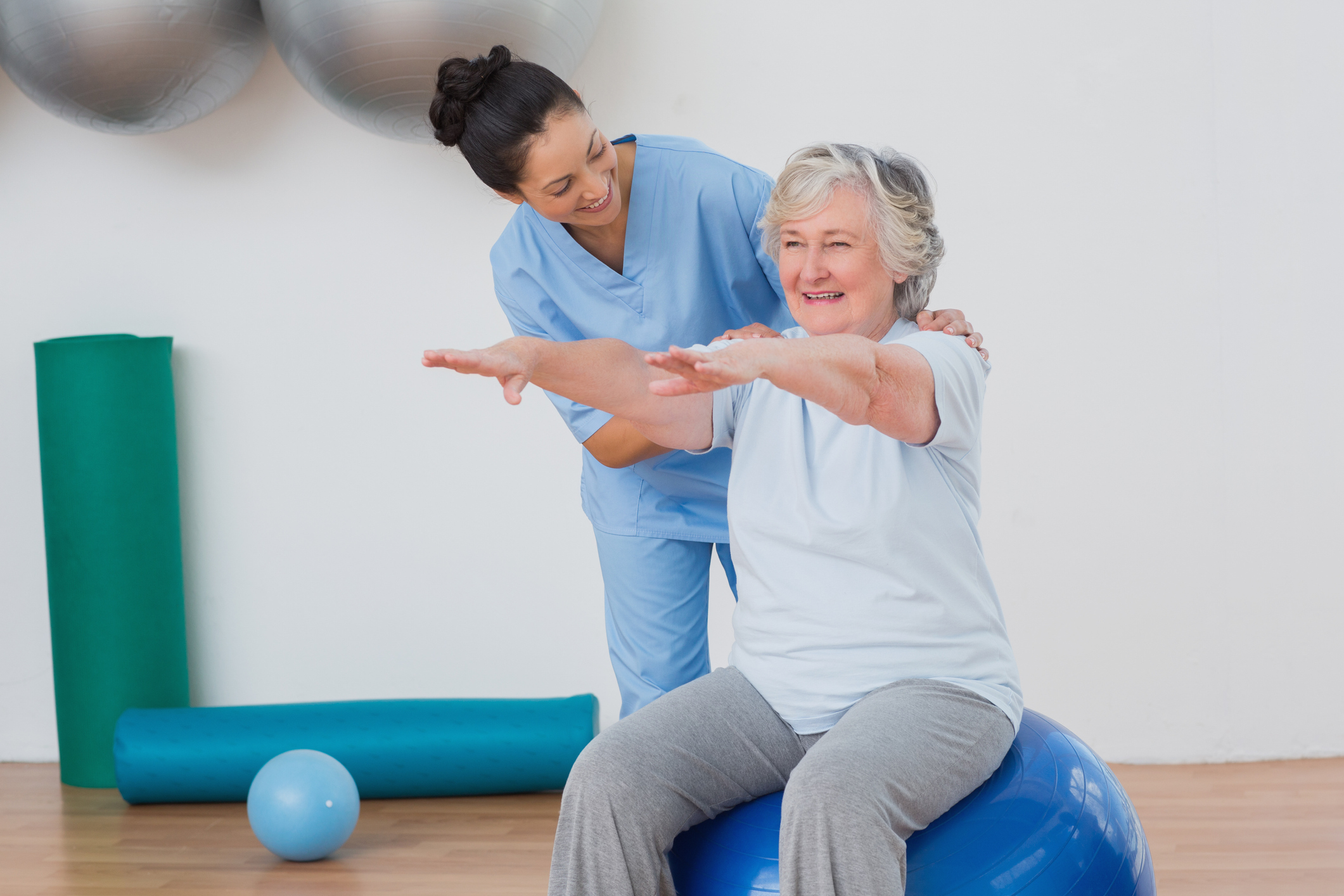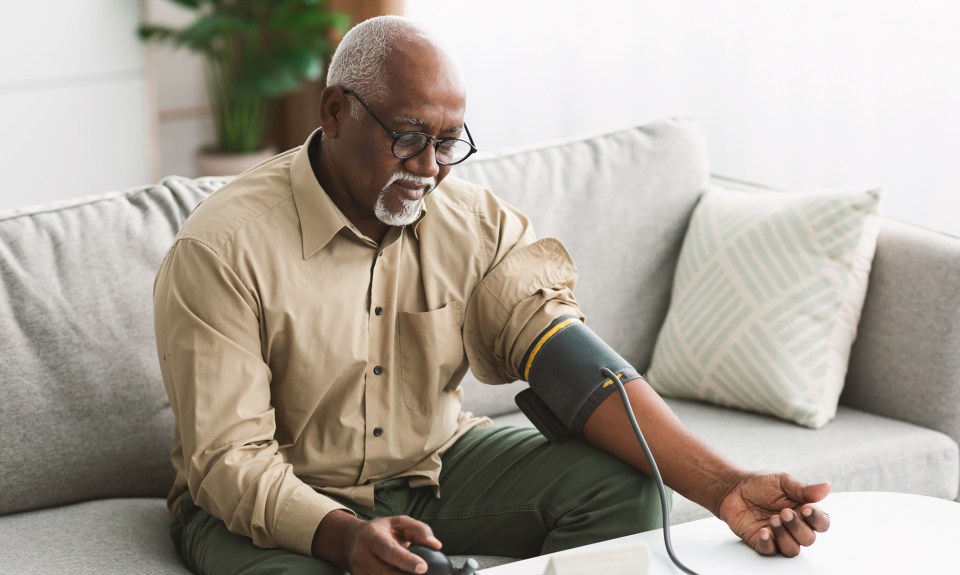According to the Centers for Disease Control, an estimated one out of four seniors ages 65 and older falls each year. Falling once doubles the risk of falling again and one of every five falls causes serious injury such as brain injury or hip fracture. Emily McCombs and Megan Watkins, physical therapists at Encompass Health Lakeshore Rehabilitation Hospital, Van Huynh, an occupational therapist at Encompass Health Lakeshore, and Saloni Agarwal, a physical therapist and hip fracture program coordinator at Encompass Health Rehabilitation Hospital of Ocala, shared balance exercises for seniors that can be done at home to reduce the risk of falling.
There are several factors that can affect balance including vision impairment, sensory deficits, medication and comorbidities like diabetes and high blood pressure.
“As patients age they have a decline in sensory function that can impact balance. In therapy, it’s our job to help identify those areas where patients have deficits and try to improve them,” McCombs said.
Understanding How Our Bodies Maintain Balance
The three systems in the body that work together to maintain balance are vision, vestibular and somatosensory.
The visual system uses eyesight to help you make the safest choices based on what you see.
The vestibular system, or inner-ear, uses a combination of head placement coordinated with eye movement to keep your body upright and balanced.
The somatosensory system, which allows the body to interpret sensations such as touch, pain and temperature, uses the nerves and sensation throughout the body to sense where you are in any given space and know the most appropriate movements to maintain balance.
These balance systems can be affected by medical conditions, injuries, medication and aging, thus increasing the likelihood of falling. Incorporating balance exercises into your daily routine can significantly impact your body’s ability to maintain balance.
Balance Exercises for Seniors Examples
Before incorporating these balance exercises into your routine, keep the following tips in mind:
- Consult your health care provider before starting any exercise program.
- Start slow and work your way up to longer exercise intervals or more challenging variations of each exercise. Even five minutes of balance exercise each day is helpful.
- You can perform these exercises using a counter or sturdy furniture for support, or without, depending on your comfort level.
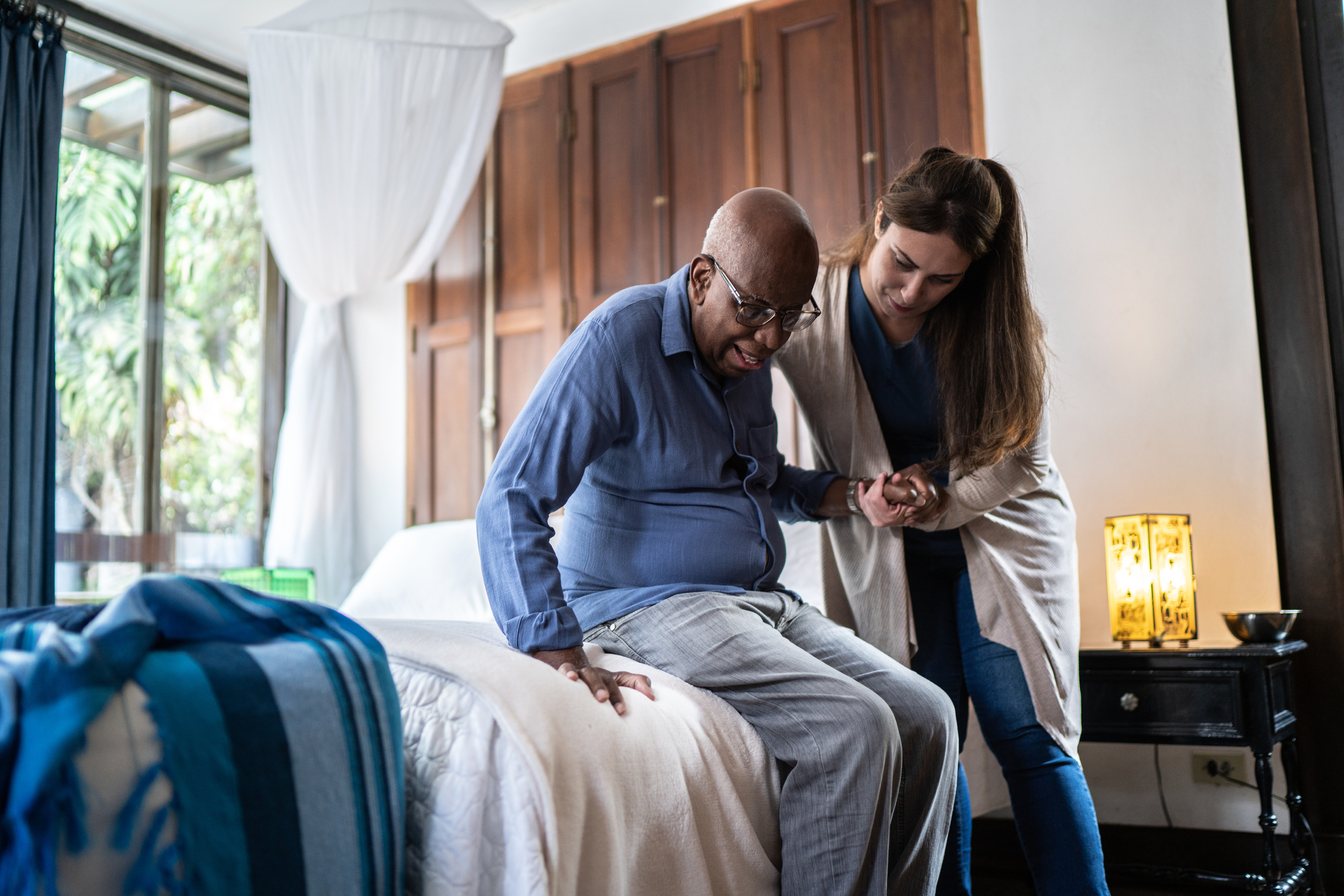
Sit to Stand
- Setup: Sit in a chair with arm rests. Make sure to keep your feet firmly on the floor, directly under the knees, and your arms on the arm rests.
- Movement: Lean forward and push up using your arms to transition from sitting to standing. Once you’re standing, reach back for the arm rests, bend forward and slowly descend in to the chair bending the knees and hips.
- Tip: You can increase the difficulty by using a chair that is lower to the ground or minimizing the use of your arms.
- Benefits: This exercise strengthens the muscles in the back of your legs helping you maintain an upright posture and balance.
- Recommendation: 10 repetitions, three to four times per day, five days per week.
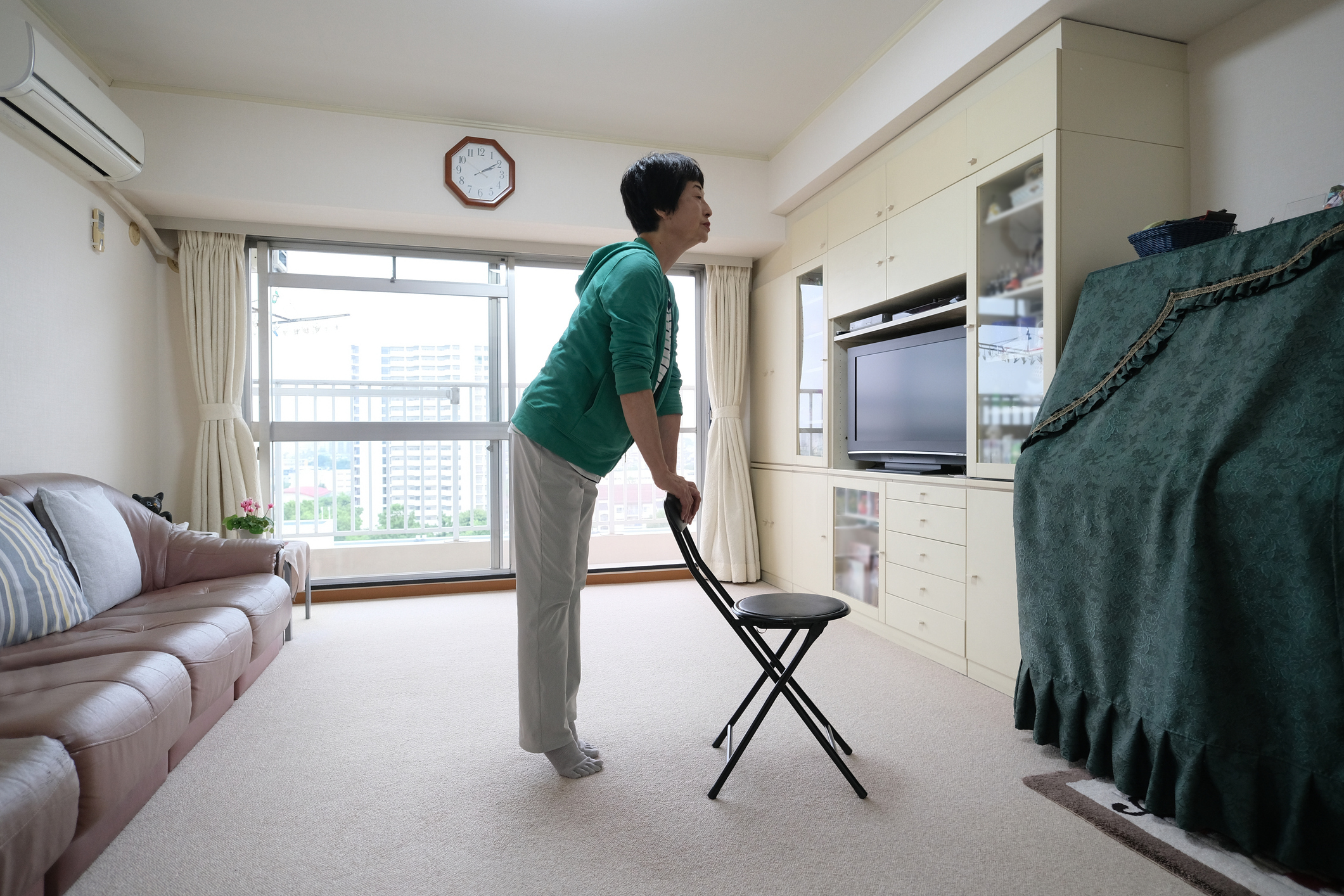
Standing Heel Raises
- Setup: Begin in a standing upright position with your hands resting on a counter or chair in front of you if needed.
- Movement: Slowly raise your heels off the ground, hold briefly, then lower them back down and repeat.
- Tip: Maintain an upright posture and do not let your ankles rotate inward or outward.
- Benefits: Heel raises strengthen your calves and ankles which aid in balance.
- Recommendation: Four sets of 10-12 repetitions as tolerated once per day.
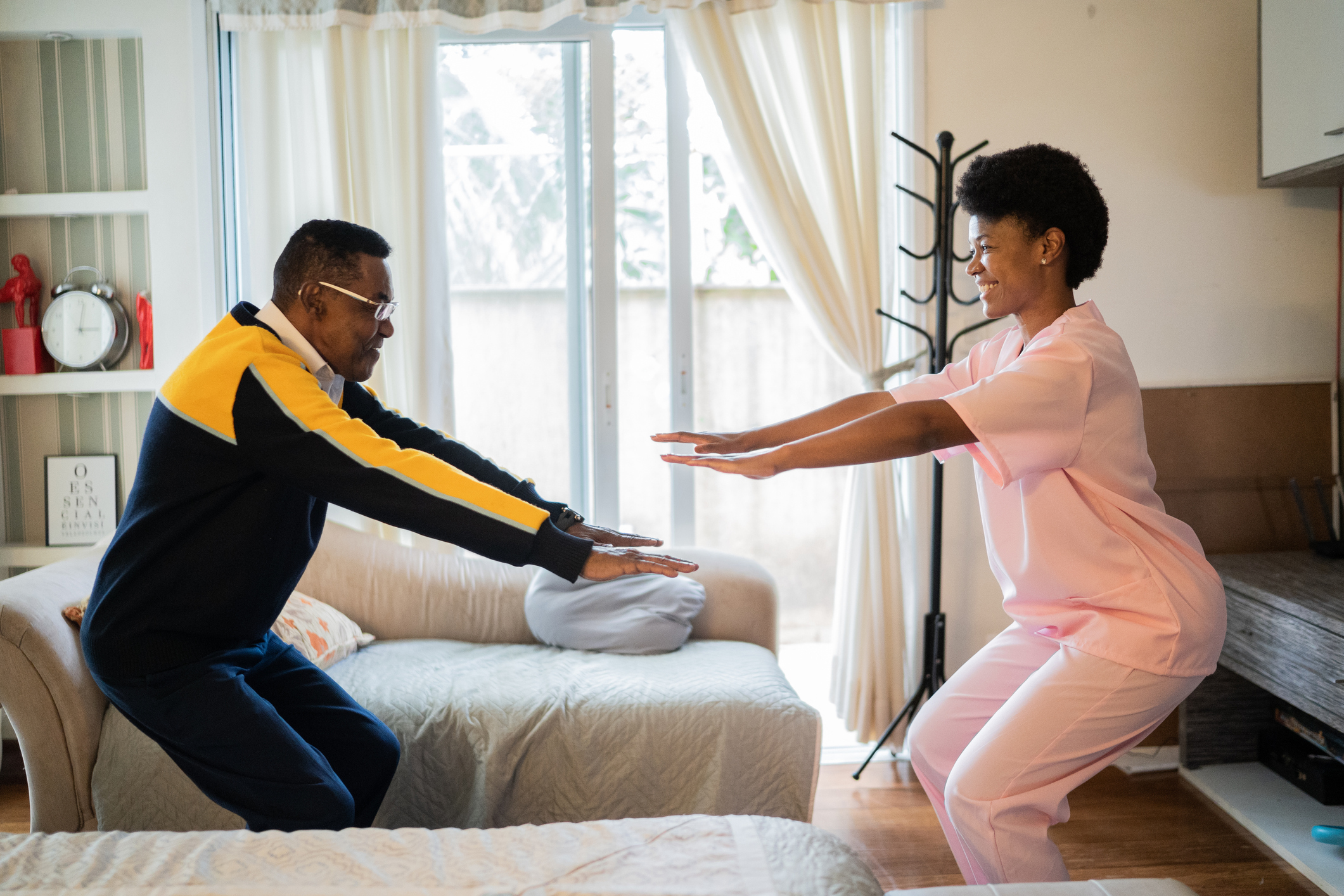
Standing Mini-Squats with or without Support
- Setup: Begin in a standing position with your feet shoulder-width apart with your hands resting on a counter or sturdy furniture as needed.
- Movement: Slowly bend your knees to lower into a mini squat position. Hold briefly, then press into your feet to return to a standing upright position and repeat.
- Tip: Keep your heels on the ground and do not let your knees bend forward past your toes or collapse.
- Benefits: Squats work by strengthening two of your body’s largest muscle groups, the quadriceps and gluteal muscles, which lowers your risk of falling. Benefits don’t stop there. Squats can improve your ability to perform everyday tasks like standing up, bending over and climbing stairs.
- Recommendation: Four sets of 10-12 repetitions or as tolerated once per day.
Side-Stepping
- Setup: Begin in a standing upright position with your hands resting on a counter in front of you as needed.
- Movement: Step sideways along the length of the counter. When you reach the end of the counter, or have completed four to six steps, side step in the opposite direction back to the starting position.
- Tip: Maintain an upright posture.
- Benefits: Side stepping uses muscles that aren’t activated when walking straight ahead. Not only does working these muscles improve balance, but it also boosts flexibility and spatial awareness.
- Recommendation: Aim for four sets of three-minute sessions twice per day.
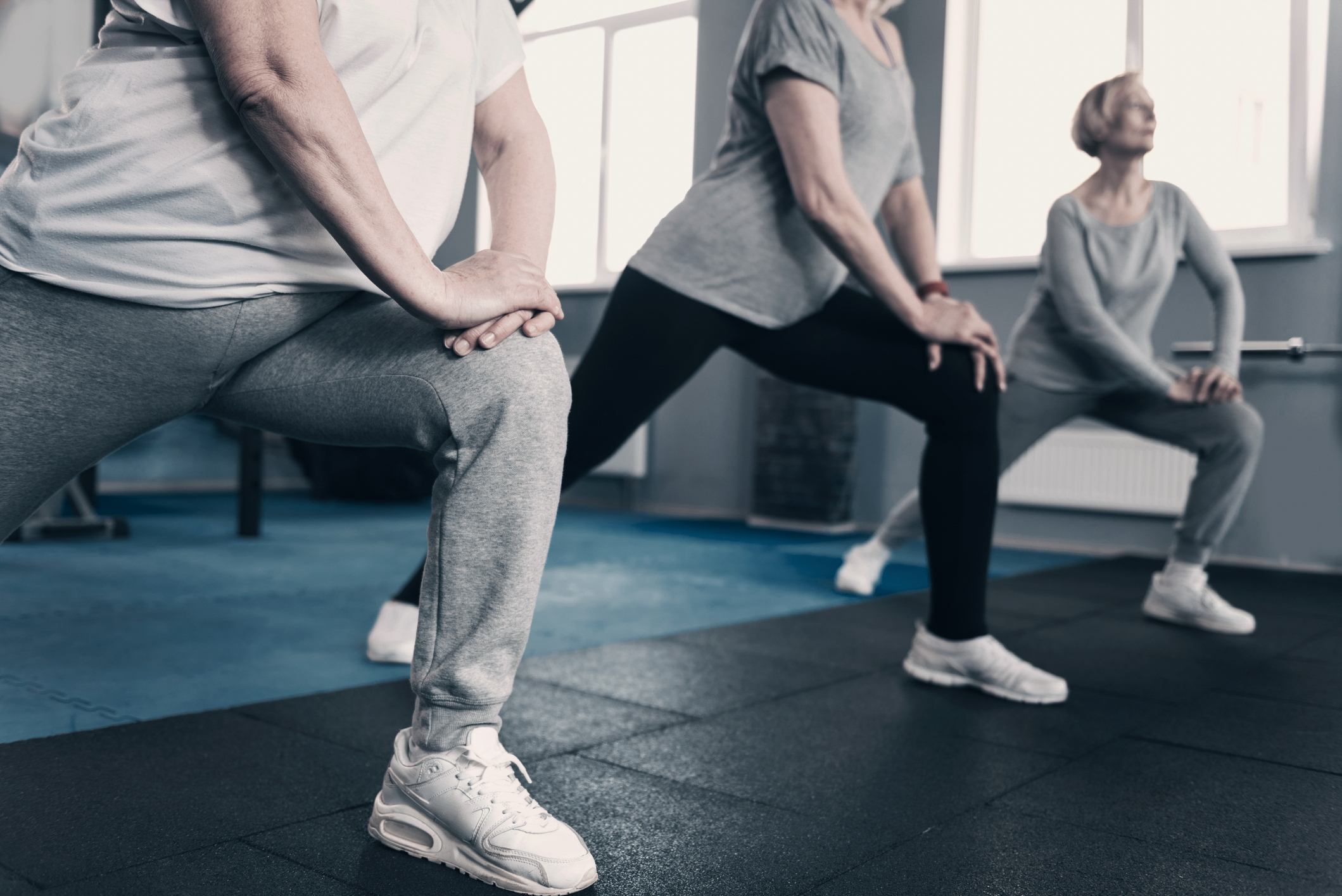
Forward Lunges with Counter Support
- Setup: Begin in a standing upright position with your hand resting on a counter at your side as needed.
- Movement: Step forward and bend your knees to lower your body into a lunge position. Press into your feet and straighten your legs to stand up and repeat.
- Tip: Do not let your front knee collapse inward or bend forward past your toes.
- Benefits: When you lunge, you are forcing one leg to support your body. This not only builds strength in your lower body, but it can also correct imbalances and improve coordination.
- Recommendation: Four sets of 10-12 repetitions or as tolerated twice per day.
Core Movement
- Setup: You can strengthen your abdomen and back (also known as your core muscles) by practicing small movements while sitting. There is various equipment you can use. Sit on your bed, stability ball, Dyna Disc or something similar.
- Movement: Sitting on a surface mentioned above, shift your body weight side to side and front to back.
- Tip: You can make this movement more challenging by lifting one leg off the ground or moving your arms while you shift weight.
- Benefits: Abdomen muscles help maintain your center of gravity and stability when performing everyday activities.
- Recommendation: 10 reps, three to four times per day, five days per week.
Other Ways to Prevent Falls
While balance exercises for seniors can help prevent falls, there are also small changes you can make in your home. Consider the following:
- Keep items that you use frequently within reach. This includes walkers, wheelchairs and canes.
- Ensure your home has clear pathways.
- Wear shoes that fit properly and are in good condition.
- Make sure your home is well lit, including nightlights, especially on the path to and from the bathroom.
- Use handrails and grab bars when possible.
- Remove small area rugs as they can be a tripping hazard.
The content of this site is for informational purposes only and should not be taken as professional medical advice. Always seek the advice of your physician or other qualified healthcare provider with any questions you may have regarding any medical conditions or treatments.
